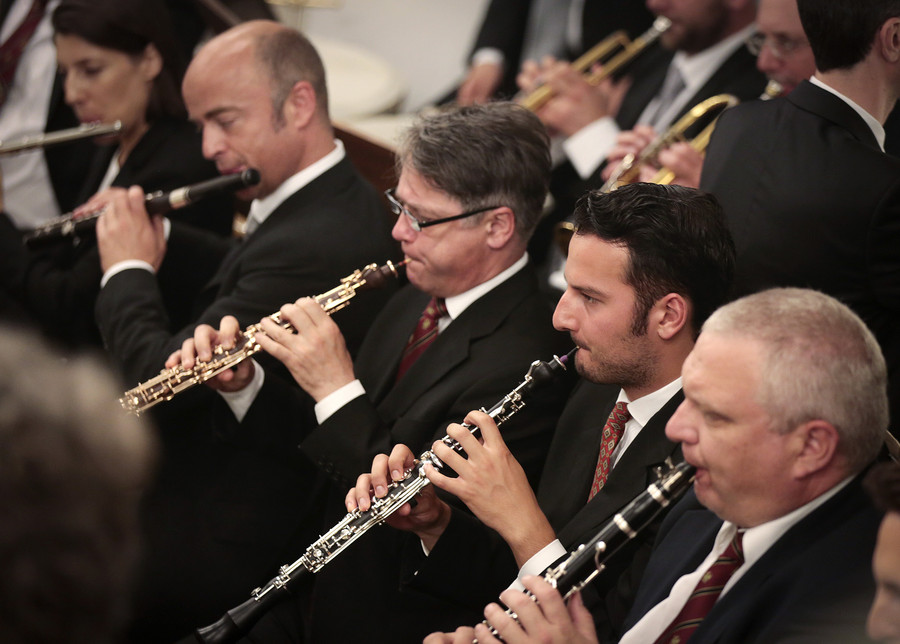Anton Bruckner, Mass No. 1 in d-minor
Anton Bruckner composed his three great masses during his time as cathedral organist in Linz, when he had already written two symphonies. Already mature as a composer, the Mass in D minor (1864) also brought him success.
Actually, the Mass was to be premiered on the birthday of Emperor Franz Joseph on 18 August in Bad Ischl, but its completion was delayed and so it took place on 20 November 1864 in the Old Cathedral in Linz, conducted by Bruckner himself. After its great success, there was a concertante revival a month later in a crowded Concert spirituel in the Redoutensaal. Another important and successful performance took place in Vienna - in 1867 Johann Herbeck conducted the Mass as Bruckner's first work in the Imperial Court Chapel.
The Mass is monumental in scale and, as Bruckner himself wrote in a letter, "very serious and very freely held". In many respects, Bruckner takes his cue from the tradition of Viennese Classicism, building on the compositions of Beethoven and Schubert, but at the same time the Mass was also written under the impression of a performance of Wagner's "Tannhäuser". Thus, Bruckner not only uses a rich harmonic language, he also exploits the possibilities of the instrumental symphony. The singing repeatedly seems to be part of the colourful orchestra, then the orchestra steps back again to give preference to the vocal part. Expressivity, power, text recitation and picturesque interpretation (for example, in the tympani roll as an earthquake in the "Et resurrexit" of the Credo), polyphony and symphony are united in this mass.
Translation: Godwin Gundacker using www.deepl.com
Conductor: Martin Schebesta
Organist: Robert Kovács
Choir: Vienna Boys' Choir, Members of the Vienna State Opera men's choir and "Choralschola der Wiener Hofburgkapelle"
Orchestra: Members of the Vienna State Opera orchestra
Celebrant: Peter Schipka
Ticket reservation at office@hofmusikkapelle.gv.at
Online ticket sale through Culturall:


